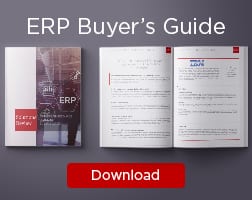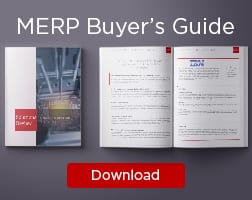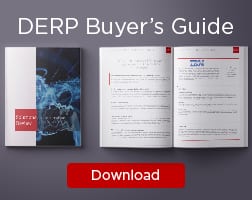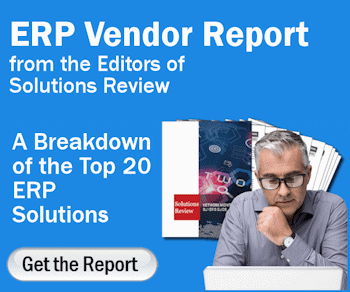Understanding the Components of Modern ERP
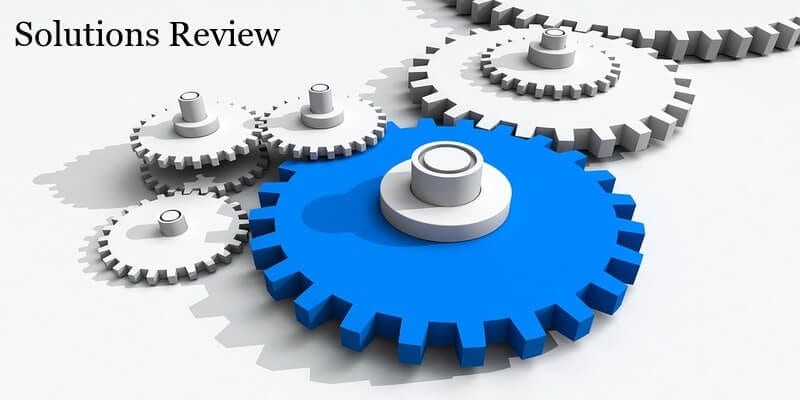

Towards the beginning, when Enterprise Resource Planning (ERP) systems first came into the market, these systems were primarily designed for inventory management. Today, however, ERP systems are used to automate back-office tasks and streamline cross-departmental workflows. The modern ERP system has extended well beyond its original functions and now comprises of a full suite of integrated components that provide modern businesses with the tools necessary for streamlining operations. All of these components can become a bit confusing, especially if you’re not well acquainted with the software. To help with this confusion, we’ve compiled a handy guide to realizing the importance and benefits of each individual component.
Widget not in any sidebars
Human Resources
ERP solutions often provide users with a centralized HR system that allows business to follow personnel hours and employee performance evaluations. Loading ERP software with employee records provides businesses with the easy access required for the computation of statistics or the implementation of changes. The added benefit of including payroll functionality reduces the possibility of unrecorded errors of underpayment or over-payment.
Purchasing and Procurement
ERP purchasing software allows businesses to manage the procurement process from purchase order issuance and vendor management to reporting and payments. Purchasing software also gives organizations the power to automatically route approvals of purchase orders and payments to the correct corporate decision makers. With purchasing and procurement, you are able to manage all of the moving parts of your business including finances, inventory, suppliers and vendors, manufacturing and distribution operations, as well as other core business processes. An integrated ERP solution makes it easier to enter, access, and analyze business data, which makes it easier to put that data to good use.
Business Intelligence
Its increasingly common for businesses to seek out analytics that allow them to assess and act on critical information about the business. To assist with this, ERP software usually provide pre-designed reports that companies use to gauge sales and operations. Today, ERP solutions come with integrated BI modules that enable organizations to provide dynamic reporting, providing end users with exactly what they want to see, when they want to see it. This data can then be applied to long-term analysis to help identify trends and opportunities for process improvement.
Manufacturing and Distribution
This component provides businesses with streamlined views of supply and demand levels. With the gathering of these crucial details, organizations will be able to instantly see whether they are achieving their target goals. These components typically include summaries of stock and trend pattern insights. Read Manufacturing vs. Distribution ERP.
Widget not in any sidebars
Customer Relationship Management
ERP CRM (Customer Relationship Management) is a centralized repository of customer information that customer-oriented organizations around the company can access. CRM provides information about company interactions with prospects, customers, clients, and partners. Insight into customer relationships keep organizations on top of client needs and assists in improving customer satisfaction levels. Combine the two, and you have improved sales processes, more accuracy in product forecasting, and the most relevant data stored in one centralized location.
Inventory
Managing inventory is no easy task, and if handled improperly, can leave you with an overabundance of stock sat in warehouses, or a lack of enough to meet demand. Either situation costs you money and the latter can lose you customers, damaging your reputation. Inventory functionality within an ERP solution optimizes inventory sticking and consumption and provides for both manual and automatic delivery. Effective materials planning and stock control software is an integral part of any ERP system and provides organizations with a strong view of stock and sales numbers.
Looking for more? Download our ERP buyers guide for free and compare the top-24 products available on the market with full page vendor profiles, including key capabilities, an overview of the ERP software market, questions to ask before purchasing, and our bottom-line analysis. It’s the perfect resource for anyone looking to find right ERP for their business.
And don’t forget to follow us on Twitter, Facebook and LinkedIn for all the latest in the ERP space!

